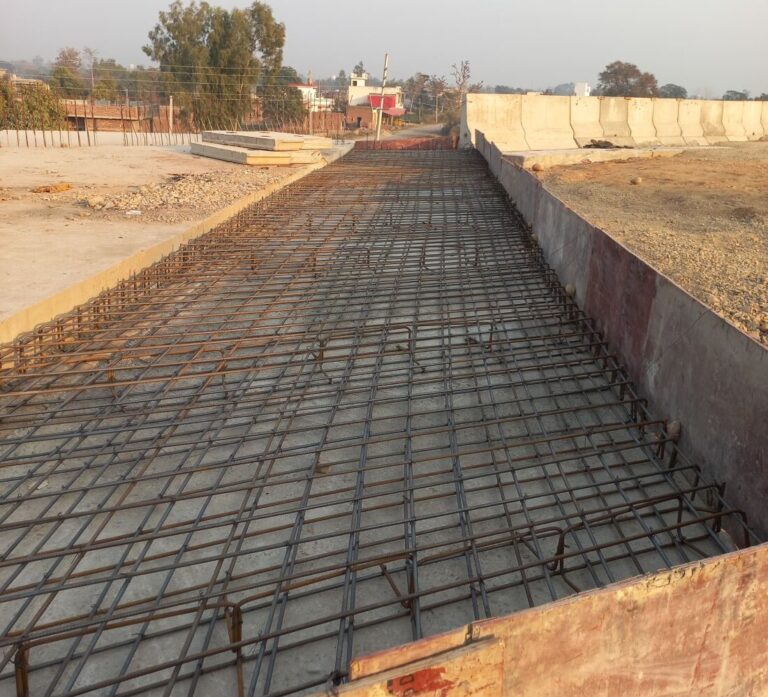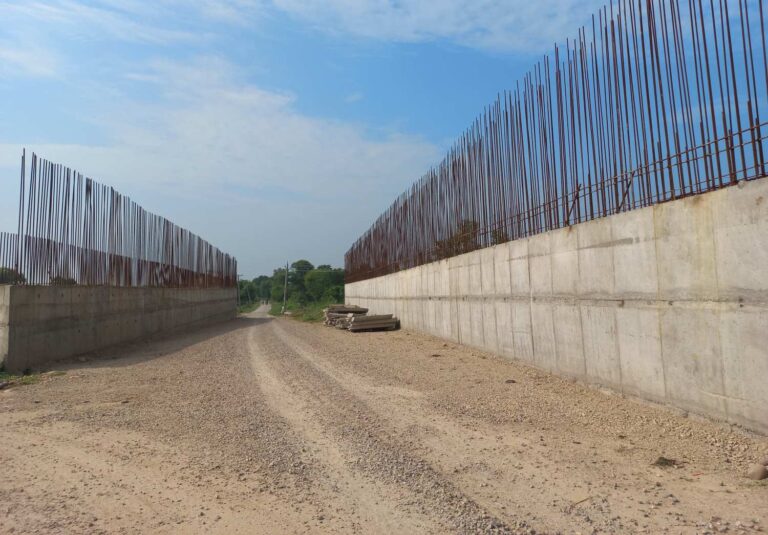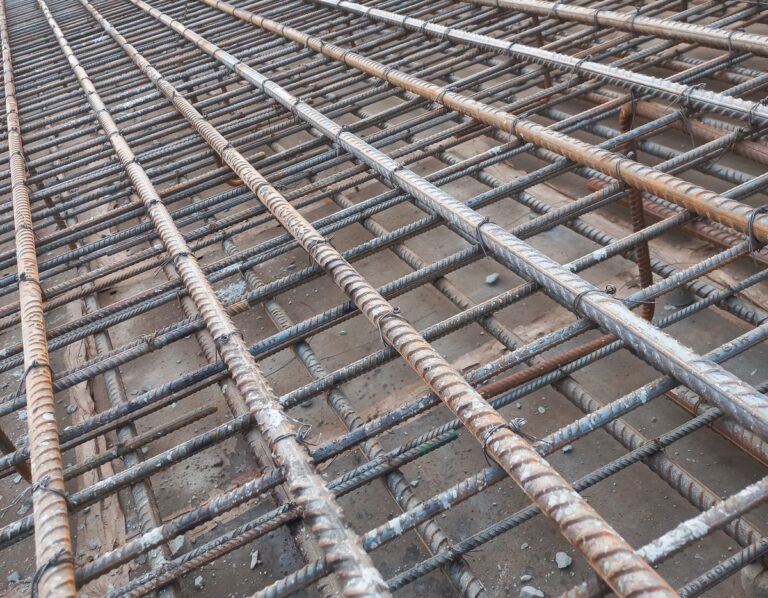PCC stands for plain cement concrete in construction. Plain cement concrete does not contain steel so it is less stronger than RCC concrete. a minimum grade of concrete mixtures used in PCC mixture so it is not highly grade and stronger concrete mixture. but the grade of PCC is M5 to M15 depends on use and part where need to construct. PCC is used in base or bed foundation of any structure which is M10 to M15 grade. in this article we will discuss about PCC grades and their uses in construction.
PCC grades M10
M10 to M15 Grades: These grades are used in the base or bed foundation of structures, providing a stable and level surface for further construction. They are suitable for foundations that do not bear heavy loads but require a durable and even base.
this pcc grades concrete is water and moisture absorber. so in any condition when ground level is has high syncage of water PCC absorbed that water and give a strong stability to that structure.
M5 to M10 PCC Grades
These lower grades of PCC are typically used for non-structural applications such as pathways, walkways, and as a base layer for road construction. They provide sufficient compressive strength for light loads and general purposes.
Characteristics of PCC
- Lack of Steel Reinforcement: PCC does not include steel, which means it has lower tensile strength compared to RCC. However, it is still effective for specific uses due to its compressive strength.
- Lower Grade Concrete: The concrete grades used in PCC range from M5 to M15, indicating that it is not as high-grade or strong as RCC. The choice of grade depends on the application and structural requirements.
Use of PCC Grades M10 and M15 in Construction
PCC grades M10 and M15 are primarily used for constructing base or bed foundations in structures. These grades provide a stable and level surface essential for further construction. M10 and M15 are particularly suitable for foundations that do not bear heavy loads but require durability and evenness. Additionally, these grades are effective water and moisture absorbers, making them ideal in conditions with high ground water syncage. By absorbing moisture, they enhance the stability of the structure. Common applications include the base layers for pavements, walkways, and non-load-bearing walls, ensuring a reliable foundation despite varying moisture levels.
Conclusion
Plain Cement Concrete (PCC) plays a vital role in construction, particularly for applications where high tensile strength is not required. With grades ranging from M5 to M15, PCC provides a versatile and economical solution for base foundations, pathways, and other non-structural elements. Understanding the appropriate use of each grade ensures optimal performance and durability in construction projects. The moisture-absorbing properties of PCC, especially in M10 to M15 grades, further enhance its stability and reliability in conditions with high water syncage.
What are different grades of PCC?
The different grades of Plain Cement Concrete (PCC) range from M5 to M15. These grades indicate the compressive strength of the concrete mix, with M5 being the lowest and M15 the highest, typically used for non-structural applications and foundational layers.
What is the meaning of PCC 1:2:4?
PCC 1:2:4 refers to the concrete mix ratio by volume: 1 part cement, 2 parts sand, and 4 parts aggregates. This standard mix ratio is commonly used for general construction purposes, ensuring a balanced combination of strength and workability.
What are the different types of PCC?
The different types of PCC are based on the mix ratios and specific applications. Common types include PCC 1:2:4, PCC 1:3:6, and PCC 1:4:8, each varying in cement, sand, and aggregate proportions, tailored for different construction needs and strength requirements.
What is the minimum grade of PCC?
The minimum grade of PCC is M5. This grade has a lower compressive strength and is typically used for non-load-bearing applications such as levelling courses, footpaths, and simple foundations where high strength is not critical.








